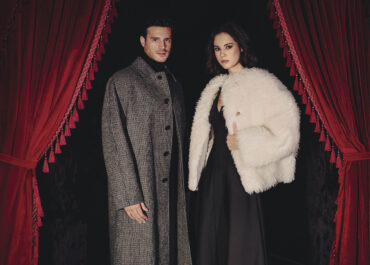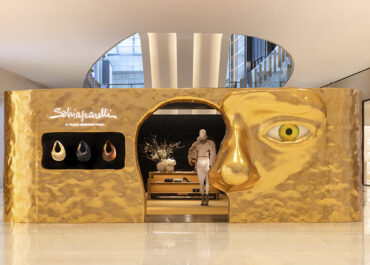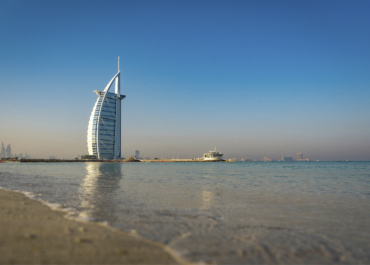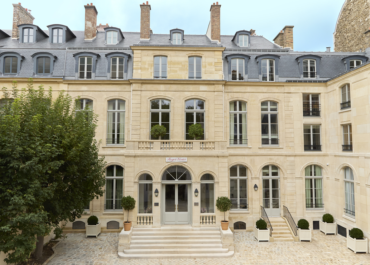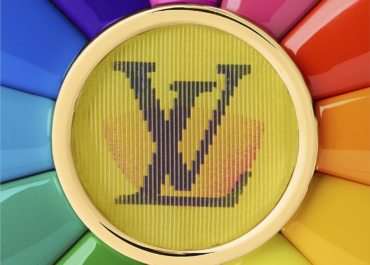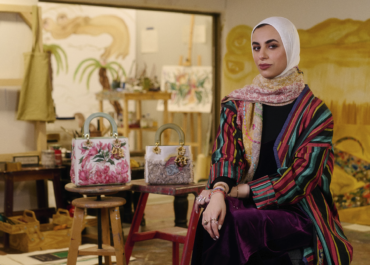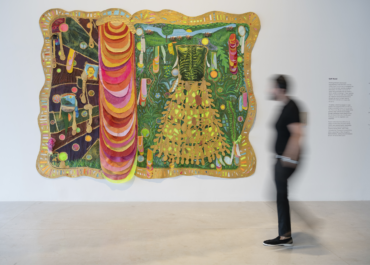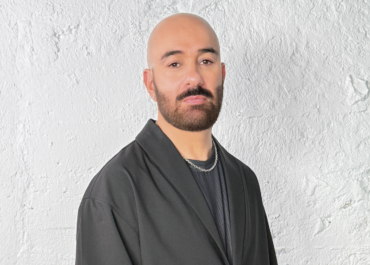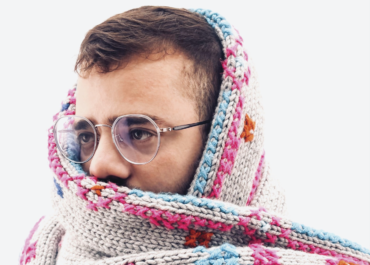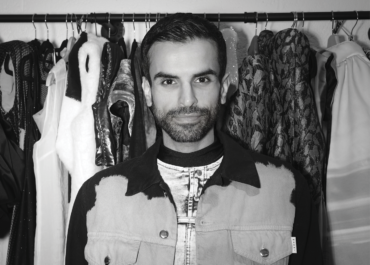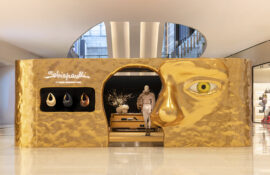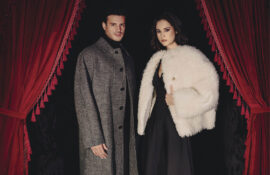Beirut once again became the stage for Lebanon’s most dynamic cultural event as We Design Beirut returned for its second edition this October. The five-day celebration transformed the city into a living canvas of design, architecture, and craftsmanship, showcasing the enduring vitality of Lebanese creativity across some of Beirut’s most iconic landmarks.
Anchored in the pillars of empowerment, preservation, and sustainability, this year’s edition deepened its commitment to collaboration and cultural continuity. It brought together artisans, designers, architects, students, and educators in a shared creative dialogue. Described by organisers as both “healing and restorative,” We Design Beirut offers a space to refuel inspiration, rebuild creative networks, and celebrate design’s role in shaping collective memory.

Fifty years after the beginning of Lebanon’s civil conflict, Edition Two embraced themes of legacy, revival, and continuity, staging a cultural renaissance that bridges generations. Its program of exhibitions, installations, and performances breathes new life into the country’s heritage sites, crafts, and architectural icons, transforming design into a language of renewal.
The opening night set the tone with a moving tribute to master Oud craftsman Nazih Ghadban, in collaboration with Michael Ibrahim, Founder and Music Director of the National Arab Orchestra, and guest artist Mirna Mallouhi. Together, they delivered a performance that fuses music and craftsmanship, symbolising We Design Beirut’s commitment to honouring Lebanon’s living traditions through modern creative forms.
Across the city, five landmark venues hosted eight major exhibitions that connect the past to the present. At the Abroyan Factory in Bourj Hammoud, Threads of Life explored textiles as vessels of memory, while Métiers d’Art transformed the industrial space into a live atelier where artisans and designers collaborate to reinterpret traditional techniques. The Factory also featured Skin of a City, a photography exhibition by Patrick Baz and Anthony Saroufim, and Les Indisciplines, both exploring the human body as a form of creative resistance.

At Burj El Murr, the youth-led Design “In” Conflict examined how war and reconstruction shape architecture and space through the eyes of students from nine Lebanese universities. Meanwhile, Villa Audi housed Totems of the Present and the Absent, curated by Gregory Gatserelia in tribute to SMO Gallery, the platform he founded to elevate Lebanese design talent.
At the Roman Baths, Of Water and Stone by Nour Osseiran reinterpreted ancient rituals through contemporary marble artistry, while Immeuble de l’Union in Sanayeh, under restoration by Karim Nader, hosted Union: A Journey of Light alongside Rising with Purpose, a showcase spotlighting designers under 30.
Among the Designer Showcases, The Lab by Naggiar transformed a functioning metal fabrication workshop into a live creative studio where eleven Lebanese artists and designers created on-site. Fabrica Design Platform presented clay unbound, a sensory exploration of ceramics, while Iwan Maktabi unveiled GROUNDWORKS, a dual showcase featuring new collections by Shaha Raphael and David/Nicolas. At Nalbandian Carpets, collaborations with Selim Mouzannar, Sandra Mansour, and others merged fashion, jewellery, and design into woven masterpieces.
We Design Beirut also partnered with ALBA (Académie Libanaise des Beaux-Arts) for its Educational Hub, fostering knowledge exchange between academia and industry. Beyond the city, curated excursions invite visitors to explore Lebanon’s architectural heritage, including a tour of 49 modernist landmarks, the International Fair of Tripoli by Oscar Niemeyer, and the Saloua Raouda Choucair Foundation in the mountains.


